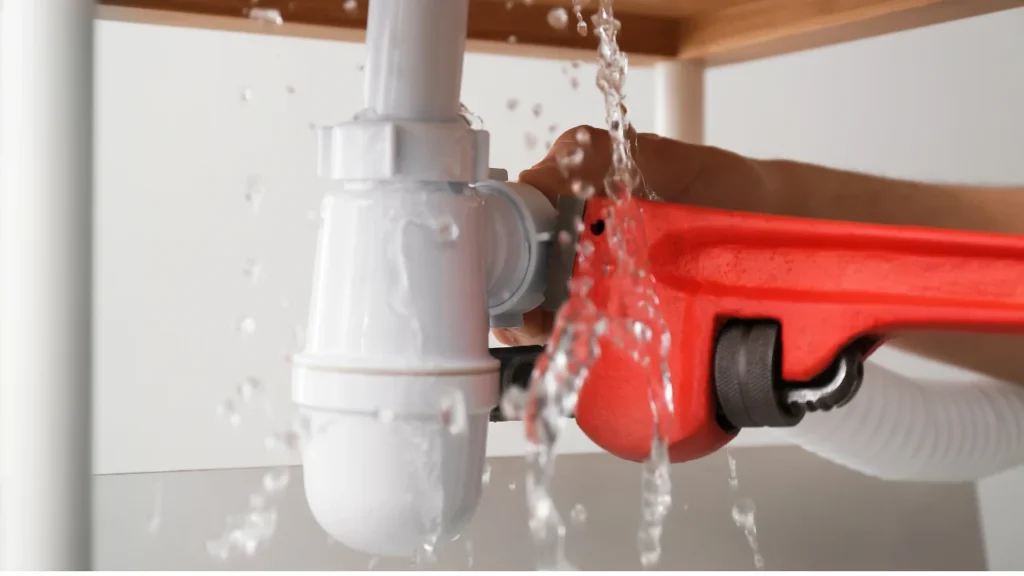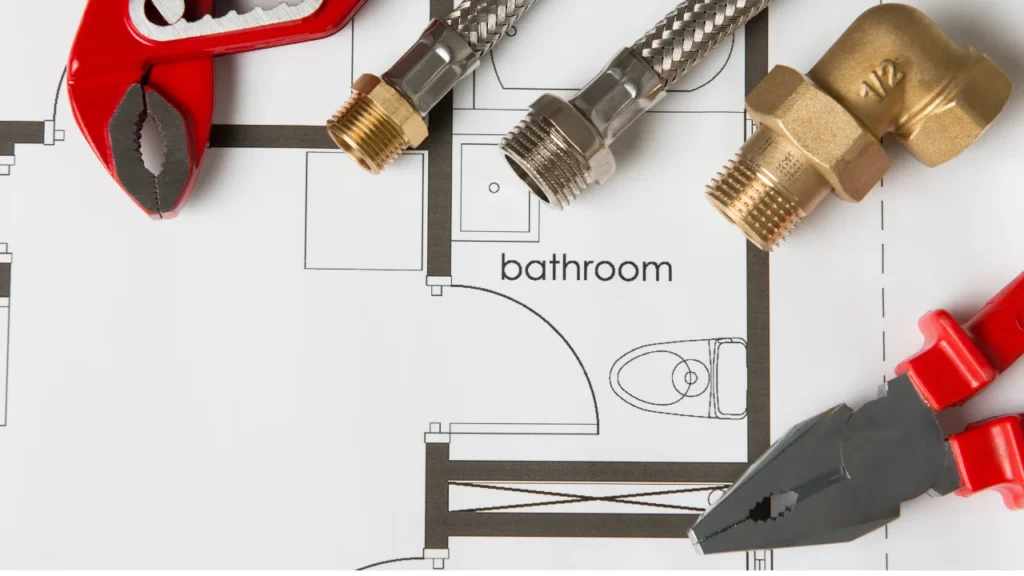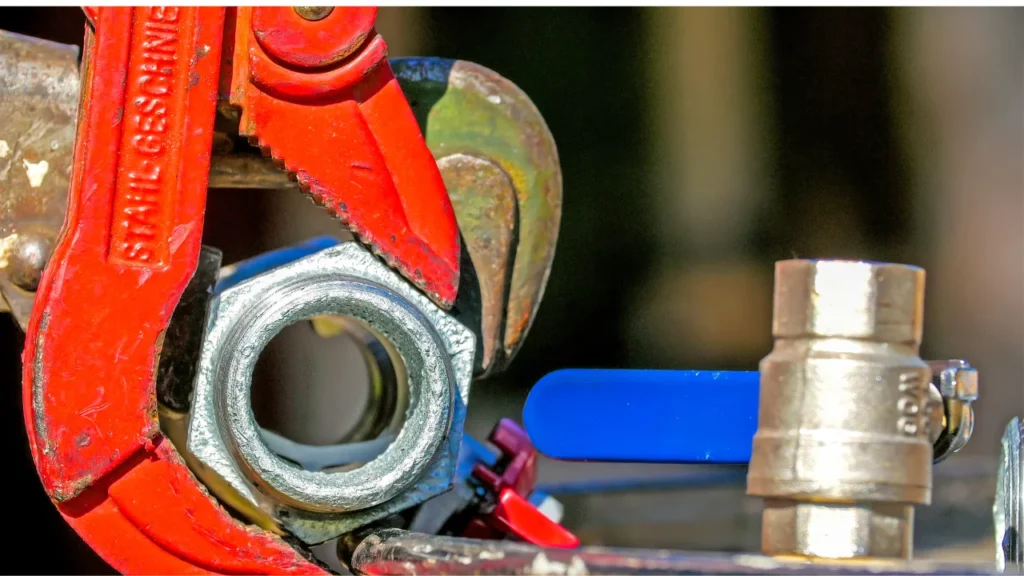How to Choose the Perfect Pipe Wrench: Mastering the Art of Plumbing
When it comes to plumbing tasks, having the right tools is essential, and a pipe wrench is one of the most crucial items in a plumber’s toolkit. This versatile tool allows you to tighten or loosen pipes and fittings with ease, making it an indispensable companion for any plumbing project. In this article, we’ll guide you through the process of selecting the perfect pipe wrench for your needs and provide tips on how to use it effectively.
Understanding Pipe Wrench Types
Before delving into the selection process, it’s crucial to understand the various types of pipe wrenches available. Every category possesses distinctive attributes that render it apt for various assignments.
- Stillson Pipe Wrench: Also known as a straight pipe wrench, it features a fixed jaw and a lower handle adjustable to different pipe sizes. Ideal for general plumbing tasks.
- Offset Pipe Wrench: This type has a jaw set at a 90-degree angle to the handle, allowing plumbers to work in tight spaces where a straight pipe wrench won’t fit.
- Chain Pipe Wrench: Instead of adjustable jaws, it uses a chain to grip pipes of various sizes. Suitable for working with irregularly shaped objects.
- End Pipe Wrench: Designed for gripping pipes from the end, providing leverage in tight spaces where other wrenches may struggle to reach.

Key Aspects to Evaluate When Selecting a Pipe Wrench
Selecting the right pipe wrench involves considering several essential factors to ensure optimal performance and efficiency in your plumbing tasks.
Pipe Material and Size
The material and size of the pipes you typically work with will determine the type of pipe wrench you need. For heavy-duty tasks involving metal pipes, a Stillson wrench is usually the best choice, while a chain pipe wrench works well with irregularly shaped objects. For residential plumbing, a combination of a Stillson and an offset pipe wrench is often sufficient.
Grip and Handle Length
A comfortable grip is crucial, especially when dealing with stubborn fittings. Look for a pipe wrench with a rubber or ergonomic handle to reduce hand fatigue during extended use. Additionally, the handle length should be appropriate for your needs. Longer handles provide more leverage but may be impractical in tight spaces.
Adjustable Jaw Capacity
Make sure the pipe wrench you choose has an adjustable jaw capacity that can accommodate various pipe sizes. This flexibility ensures you can work with different pipes without the need for multiple wrenches.
Durability and Material Construction
Invest in a high-quality pipe wrench made from sturdy materials like forged steel. A durable tool will withstand regular use and provide longevity, saving you money on frequent replacements.
Using the Pipe-Wrench Correctly
Having the right pipe-wrench is only part of the equation; using it correctly is equally important to avoid damage and ensure effective results.
Proper Grip and Stance
To achieve maximum grip and torque, position the pipe wrench correctly on the pipe or fitting. Keep the wrench’s teeth in firm contact with the surface and adjust the jaw size accordingly. Maintain a stable stance to exert force evenly and avoid injury.
Turning Pipes in Tight Spaces
In cramped areas, an offset pipe-wrench is a valuable asset. Its angled jaw allows you to work around obstacles and tight corners more efficiently. Be patient and use slow, steady pressure to avoid accidents and prevent damage to the pipes.

Loosening Stuck Fittings
When dealing with stubborn or corroded fittings, apply penetrating oil to help loosen them. Give the oil some time to work its magic before attempting to turn the fitting with your pipe-wrench. If it remains stuck, avoid excessive force, as it may lead to pipe or wrench damage.
Maintenance and Care of Pipe-Wrenches
To keep your pipe-wrenches in top-notch condition and prolong their lifespan, follow these maintenance and care tips:
Cleaning and Lubrication
Regularly clean your pipe-wrenches after use to remove debris and prevent rust formation. Apply a thin layer of lubricating oil to movable parts to ensure smooth operation.
Storage Tips
Store your pipe-wrenches in a cool, dry place to prevent exposure to moisture and humidity. Hanging them on a pegboard or a designated tool rack will keep them organized and easily accessible.
Inspecting for Damage
Periodically inspect your pipe wrenches for signs of wear or damage. Check the teeth for excessive wear, ensure the jaw alignment is correct, and inspect the handle for cracks. Swiftly replace any components showing signs of wear or damage.
Safety Precautions and Tips
While using a pipe wrench, safety should always be a top priority. Follow these safety tips to protect yourself and others during plumbing tasks:
Eye Protection and Gloves
Wear safety goggles or glasses to shield your eyes from debris and potential splashes. Additionally, gloves provide a better grip and protect your hands from sharp edges or hot pipes.
Avoiding Overexertion
When dealing with stubborn fittings, remember not to overexert yourself. If a fitting won’t budge, try applying penetrating oil and let it sit for a while before attempting again.
Using Proper Support
Always support pipes adequately during plumbing work. This prevents unnecessary strain on the pipes and minimizes the risk of leaks or damage.
Alternatives to Pipe-Wrenches
While pipe-wrenches are versatile and reliable tools, there are alternatives worth considering for specific situations:
Adjustable Wrenches
Adjustable wrenches, also known as crescent wrenches, can work with nuts and bolts of various sizes. They are handy for small plumbing tasks but lack the gripping power of a pipe-wrench.

Slip Joint Pliers
These pliers have an adjustable jaw, allowing you to switch between various pipe sizes easily. They are suitable for light plumbing tasks and provide a tighter grip than adjustable wrenches.
Conclusion
Choosing the perfect pipe-wrench is essential for any plumbing enthusiast or professional. By understanding the different types of pipe-wrenches, considering key factors, and using the tool correctly, you can master the art of plumbing and tackle various projects with confidence and efficiency.
FAQs
- Can a pipe-wrench be used on plastic pipes?
- Yes, but using a pipe-wrench on plastic pipes requires caution to avoid damaging the pipes. Consider using strap wrenches or tongue-and-groove pliers for plastic pipes.
- What size pipe-wrench should I use for residential plumbing?
- A 12-inch Stillson pipe-wrench and an 8-inch offset pipe wrench should cover most residential plumbing needs.
- How often should I replace my pipe-wrench?
- With proper maintenance, a high-quality pipe-wrench can last for many years. However, if you notice significant wear or damage, consider replacing it promptly.
- Can I use a pipe-wrench on rounded bolts?
- While pipe-wrenches are primarily designed for pipes, they can be used on rounded bolts in some cases. However, for better results, consider using a wrench specifically designed for bolts.
- Are pipe-wrenches suitable for DIY plumbing projects?
- Yes, pipe-wrenches are excellent tools for DIY plumbing tasks. With proper guidance and safety precautions, homeowners can use them effectively and save on professional services.
Thank you for your visit https://info4you.in

Leave a Reply